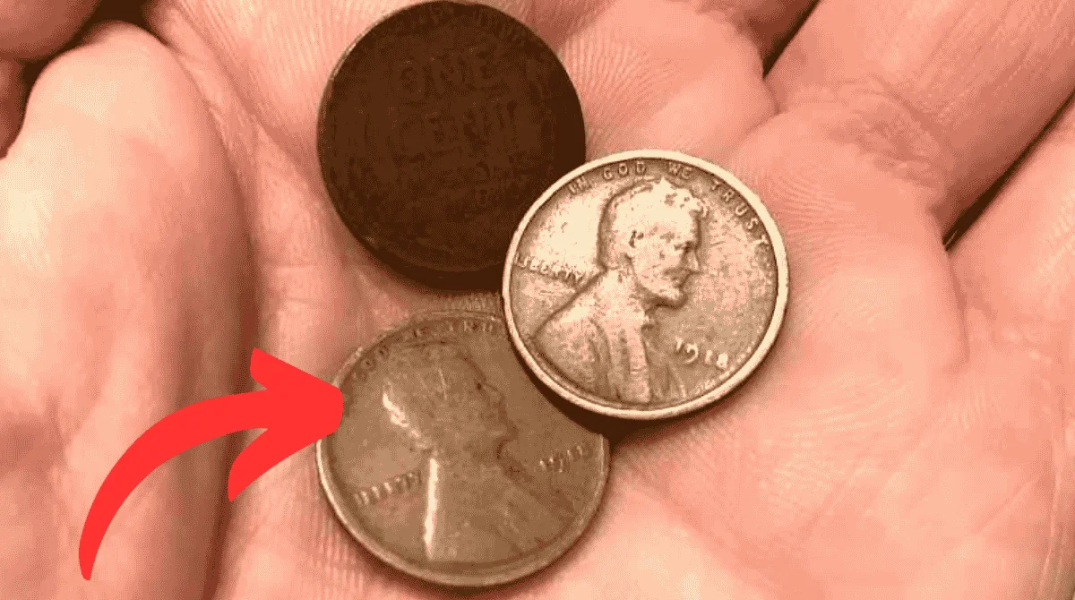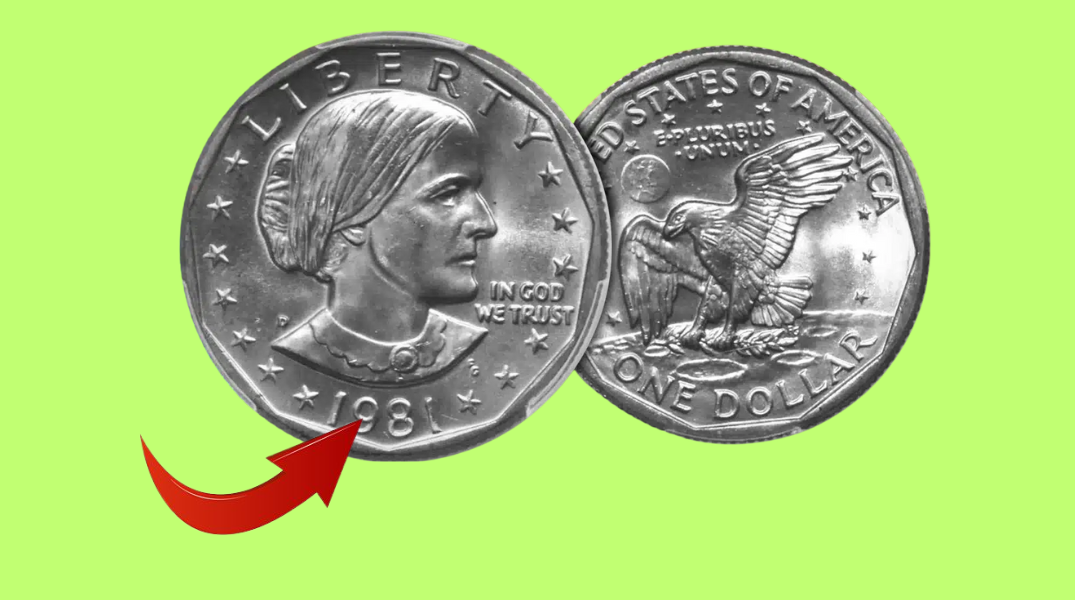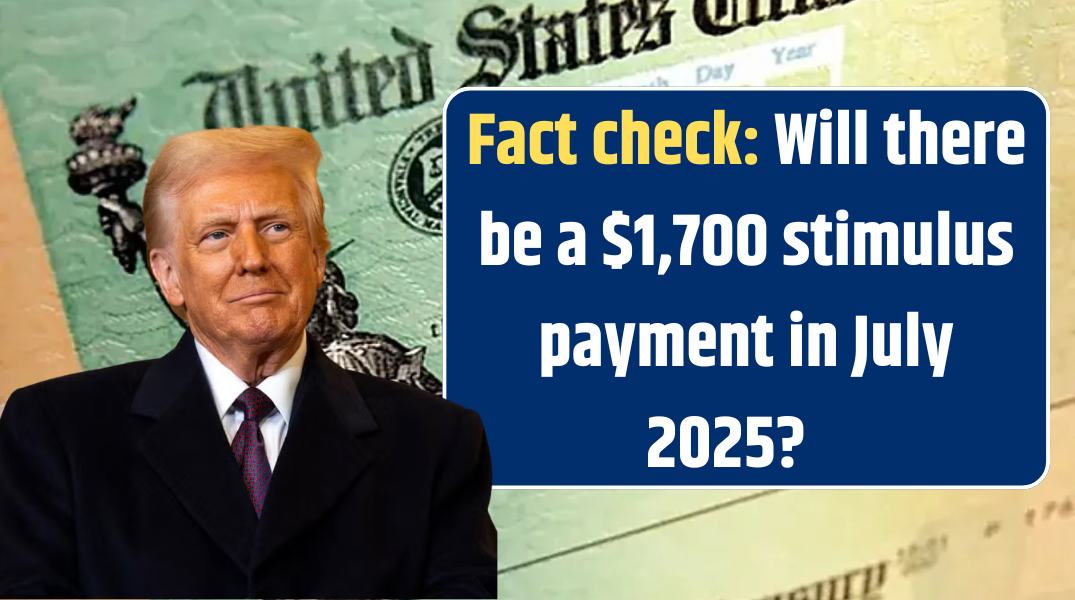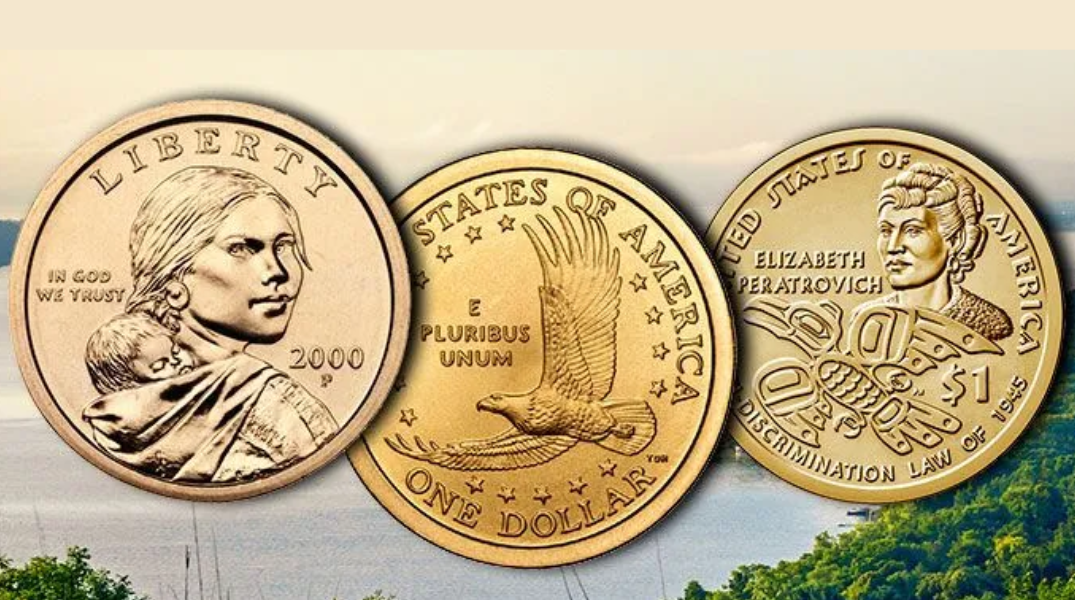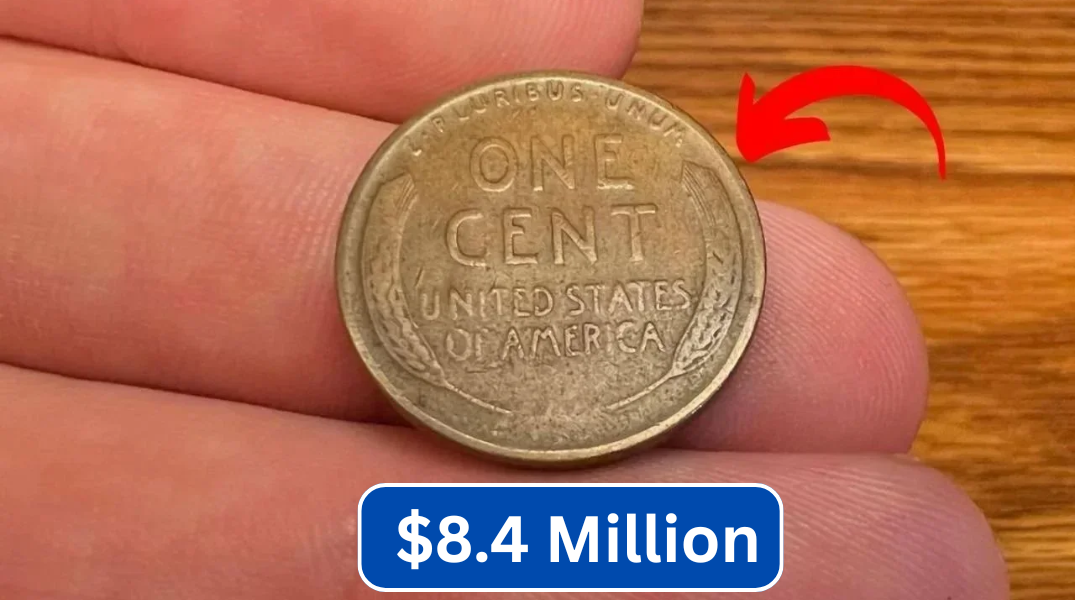The Lincoln Wheat Penny Valued at $7,60,000 – A humble penny might not seem like much, but some of them are worth far more than a cent — in fact, one ultra-rare Lincoln Wheat Penny recently sold for an eye-popping $7,600,000. That’s right: a tiny copper coin, often overlooked and stashed away in jars, could be worth more than a luxury home.
From its origins to its shocking valuations, the Lincoln Wheat Penny has become one of the most intriguing stories in the coin-collecting world. And believe it or not, these valuable coins are still occasionally found in circulation today.
The Birth of the Lincoln Wheat Penny
The Lincoln Wheat Penny debuted in 1909 to celebrate the 100th anniversary of Abraham Lincoln’s birth. It was the first U.S. coin to feature a real person, with Lincoln’s profile on the front (obverse) and two wheat stalks on the back (reverse) — hence the name.
Designed by Victor David Brenner, this penny was minted until 1958, after which it was replaced with the Lincoln Memorial design. Although production of the wheat design stopped, countless examples remain in drawers, piggy banks, and coin collections — and some of them are worth a fortune.
The Million-Dollar Penny: Why One Sold for $7,60,000 Million
The record-setting Lincoln Wheat Penny that sold for $7.68 million wasn’t just any penny — it was a 1943 copper version.
During World War II, copper was needed for military equipment, so the U.S. Mint switched to using zinc-coated steel to produce pennies in 1943. But by mistake, a few copper planchets (coin blanks) were left in the machines and struck into 1943 pennies. Only a handful were made.
This minting error created one of the rarest coins in U.S. history. The 1943 copper Lincoln Wheat Penny is so scarce that when one turns up at auction, it draws massive attention from collectors and investors alike.
🔍 Fun Fact: One 1943 copper penny was reportedly discovered by a teenager in the 1940s and later sold for tens of thousands of dollars — and it’s worth millions today.
Why They’re Still Out There — And How You Might Find One
Though it may seem unlikely, Lincoln Wheat Pennies are still legal tender and can be found in circulation. Many ended up in penny jars or were forgotten in sock drawers. That means there’s a chance — however slim — that you could stumble upon one in everyday change or a relative’s coin collection.
Some collectors even buy rolls of pennies from banks and sort through them in search of treasures. It’s a time-consuming hobby but one that’s paid off for a lucky few.
Beyond Rarity: What Else Affects a Penny’s Value?
Not every Wheat Penny is a jackpot, but some are still worth much more than face value. Here are a few things that boost a coin’s value:
-
Condition (Grade): Mint-condition coins are far more valuable than those with wear and tear.
-
Mint Marks: Look for tiny letters under the date — “D” (Denver), “S” (San Francisco), or no mark (Philadelphia). Some mint locations produced fewer coins, making them rarer.
-
Errors and Variants: Misprints, off-center strikes, double dies, or missing elements can skyrocket a coin’s value.
-
Low Mintage Years: Coins from years with limited production runs can fetch high prices.
Something Extra: A Collector’s Secret Weapon
Here’s a cool trick that seasoned collectors use: magnet tests. Most 1943 pennies are steel, which means they stick to magnets. But a true 1943 copper penny won’t — it’s non-magnetic. So, if you find a 1943 penny that doesn’t stick to a magnet, you might be holding something truly special. Have it authenticated immediately!
FAQs About the Lincoln Wheat Penny
💰 What are Lincoln Wheat Pennies usually worth?
Most are worth 1 to 10 cents, but coins from rare years or in perfect condition can sell for hundreds to thousands. The 1943 copper penny is the most valuable, reaching up to $7.68 million.
🔎 What makes the 1943 version so valuable?
The U.S. Mint accidentally made a few 1943 pennies using copper instead of steel, creating a rare error coin highly sought by collectors.
🪙 Can I find one in circulation today?
Yes, though very rare. Wheat Pennies still show up in change, especially from older coin jars or bank rolls.
🧠 How can I tell if my penny is valuable?
Check the year, look for mint marks, and examine the condition. Use a magnet for the 1943 version. If you suspect it’s rare, get it appraised by a reputable coin expert.
🧾 What should I do if I find a rare Lincoln Wheat Penny?
Don’t clean it (this can lower value)! Place it in a protective sleeve and have it examined by a certified coin grading service or trusted dealer.
Final Thoughts: Your Spare Change Might Be a Goldmine
While most pennies will always be worth just a cent, the Lincoln Wheat Penny proves that history and rarity can dramatically shift a coin’s value. Whether you’re a seasoned numismatist or just curious about that old jar of coins in your closet, it’s worth taking a closer look.
You never know — you might be one lucky find away from a multimillion-dollar discovery.
